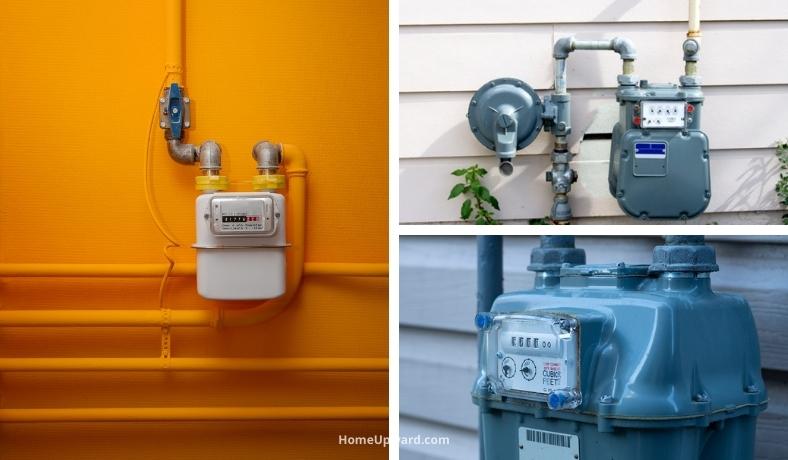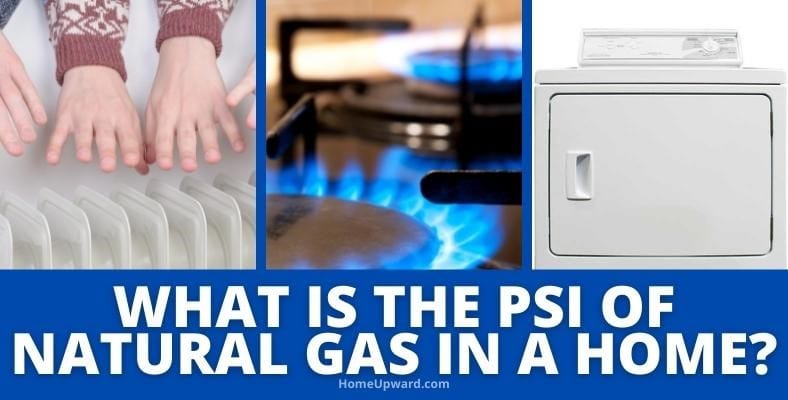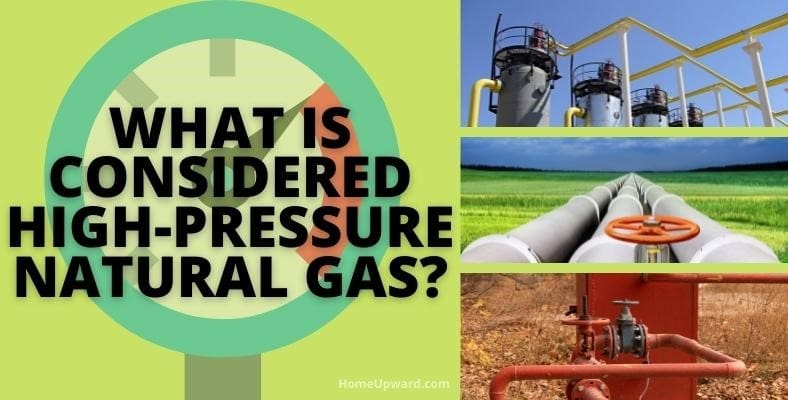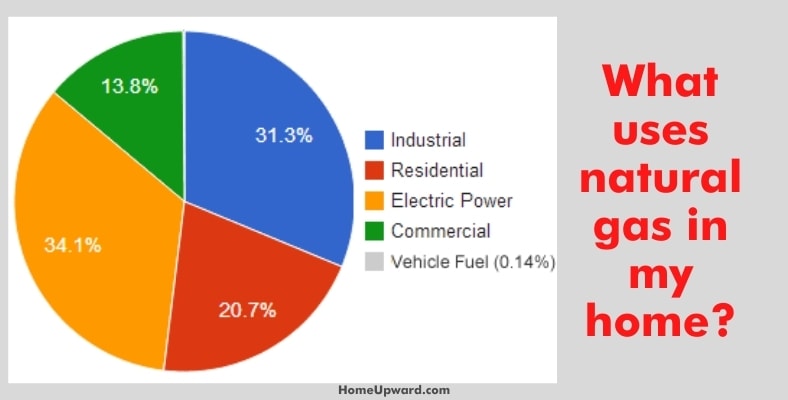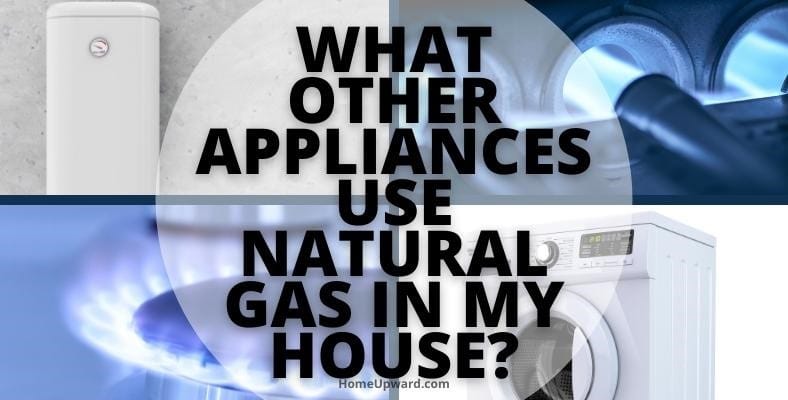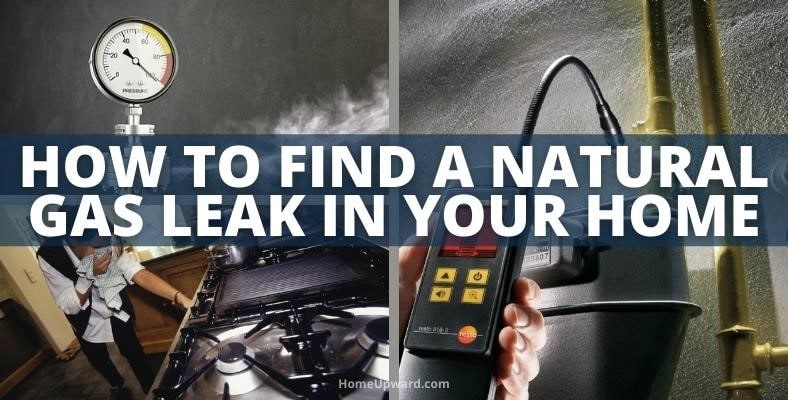Whether you’re looking to upgrade your gas line or learn more about the energy efficiency of natural gas, you may be wondering: what is the psi of natural gas in a home?
Contents
What is the psi of natural gas in a home?
PSI, Pressure per Square Inch, is the measurement of natural gas.
Natural gas is transported at the beginning of its journey at high pressures through long pipelines that connect the supplier to sub-stations. From there, the gas is processed through many steps before being moved to residential users at a lower pressure level.
On average, natural gas is being delivered to your home at ¼ pound per square inch. Another way to measure it is in inches per water column, notated as i.w.c. Homes often have a natural gas level of 7 i.w.c.
Are there other gas line pressures?
Each gas line in the city has a highest pressure that it can work within. However, most utility companies work at half capacity for safety.
While a singular home may have a natural gas psi delivery of ¼ psi, other locations could have a pressure rating of 60 psi, depending on the number of households serviced or businesses in the area (such as apartment complexes, large communities, business complexes, etc.)
The lines that move the gas from the suppliers’ well fields to your local provider can have gas traveling at 1,500 psi! These vast pipes are rated for even higher than that psi, so there is no need to worry.
No matter how much natural gas is being pushed to your neighborhood, the meter and regulator on the outside of your home reduce the gas’s pressure before it enters your home and powers your gas appliances.
What is considered high-pressure natural gas?
There is a very large network that moves natural gas from suppliers to your home.
Natural gas usually is transported long distances from where it is created to where it is consumed. If it is collected but is not needed immediately, storage facilities across the country safely store the gas until when it is needed.
There are three main types of natural gas pipes: gathering, interstate, and distribution.
- The gathering pipes are low pressure and transport the raw gas from the well to a processing plant.
- Interstate are the longest lines, and they transport gas across states (which are then transferred to interstate), the country, or even the continent.
- Distribution lines are what transport the gas from the interstate pipelines to your local utility.
Interstate pipelines transport natural gas at 200 to 1,500 psi. The gas’ volume is decreased by 600 times but can move faster.
High-pressure natural gas lines can range anywhere from 2 to 42 inches in diameter, are controlled at the federal level, and the gas being transported is odorless.
What is considered low-pressure natural gas?
Natural gas is only low-pressure when it is at ¼ psi or 7 inches of water column.
Most residential systems are low-pressure in order to provide a safer and more reliable delivery of natural gas.
Appliances that need more natural gas often need an upgraded gas line that delivers through a ½ inch gas line.
What uses natural gas in my home?
Residences used about 20% of all natural gas used in the United States – nearly half of all houses in the U.S. have natural gas lines.
Four major appliances use natural gas – the first one that probably comes to mind is your water heater or home heating (furnace.)
Before the 1930s, natural gas was the power for just about everything in your home, from the stove to the furnace and more! But as technology improved, the electric stove moved in, and slowly electric appliances began to replace their gas-powered appliances that do their work.
What other appliances use natural gas in my house?
The four major appliances that use natural gas in your home are usually water heater, furnace, gas stove, and dryer.
While electric stoves are slowly becoming popular, many cooks still prefer to cook on stoves powered by natural gas. Natural gas gives more precise temperature control, which allow a chef to cook with more precision. Older homes had pilot lights that had to be lit at all times for the stovetop to work, but recent gas stoves use an electric ignition combined with the natural gas.
While your home may get its heat from a natural gas-powered furnace, it may also get its cold air! There are air conditioning units that use natural gas instead of electricity. While these appliances have a much higher cost to get them, they often are more energy-efficient in the long run. People in support of gas-powered AC units say that these appliances are better for homes with electric connections that are not stable, as they ensure you still have working AC during a power outage.
A newer appliance that is a digital version of an old machine is the gas fireplace. Gas fireplaces are meant to work like wood-burning stoves, without the need to have an actual fire burning in your home or the maintenance that wood-burning fireplaces need. Natural gas fireplaces allow you to flip a switch and have a fire in your house and more precisely control how much flame. Some even have auto-off buttons!
Another major appliance that uses natural gas is your water heater. Water heaters that are powered by natural gas are more energy-efficient and heat your water much faster than electric units.
Older refrigerators were powered by natural gas, but these large appliances are not very common or easy to get.
Finally, an appliance you might not have noticed uses natural gas is your clothes dryer! Gas dryers that are powered by gas use 50 percent less energy compared to their electric counterparts. They are known to last much longer than electric dryers, as well, and can do two loads of laundry for the same cost you pay for a single electric-powered load.
Some cities and eco-groups are pushing for a complete gas ban in order to improve and stop climate change is going.
How to find a natural gas leak in your home
Natural gas does not naturally have a smell or odor. So how do you find out if you have a leak?
Your gas provider adds a harmless chemical to the gas before it is transported to you called mercaptan. This gas has a terrible smell – just like very old, rotten, spoiled eggs!
The terrible odor of Mercaptan is so that even someone with the most clogged nose could smell a gas leak at the lowest level.
If you experience this smell, exit your home, move far enough away that you no longer smell the odor or even to the street, and call your utility company immediately.
Other ways to check for a gas leak include:
- You hear a whistling noise or a hiss.
- Your burner or gas stove has a red or orange flame.
- You can use a gas leak detector.
Symptoms of gas leaks
Symptoms you may have if you have a gas leak can include:
- Dizziness or feeling lightheaded
- Difficulty breathing
- A headache that won’t go away
- Irritation of the throat and/or nose
- Sudden nausea
- Ringing in your ears that won’t go away
- Frequent nosebleeds
If you think you have been exposed to a gas leak, seek professional medical attention immediately.

